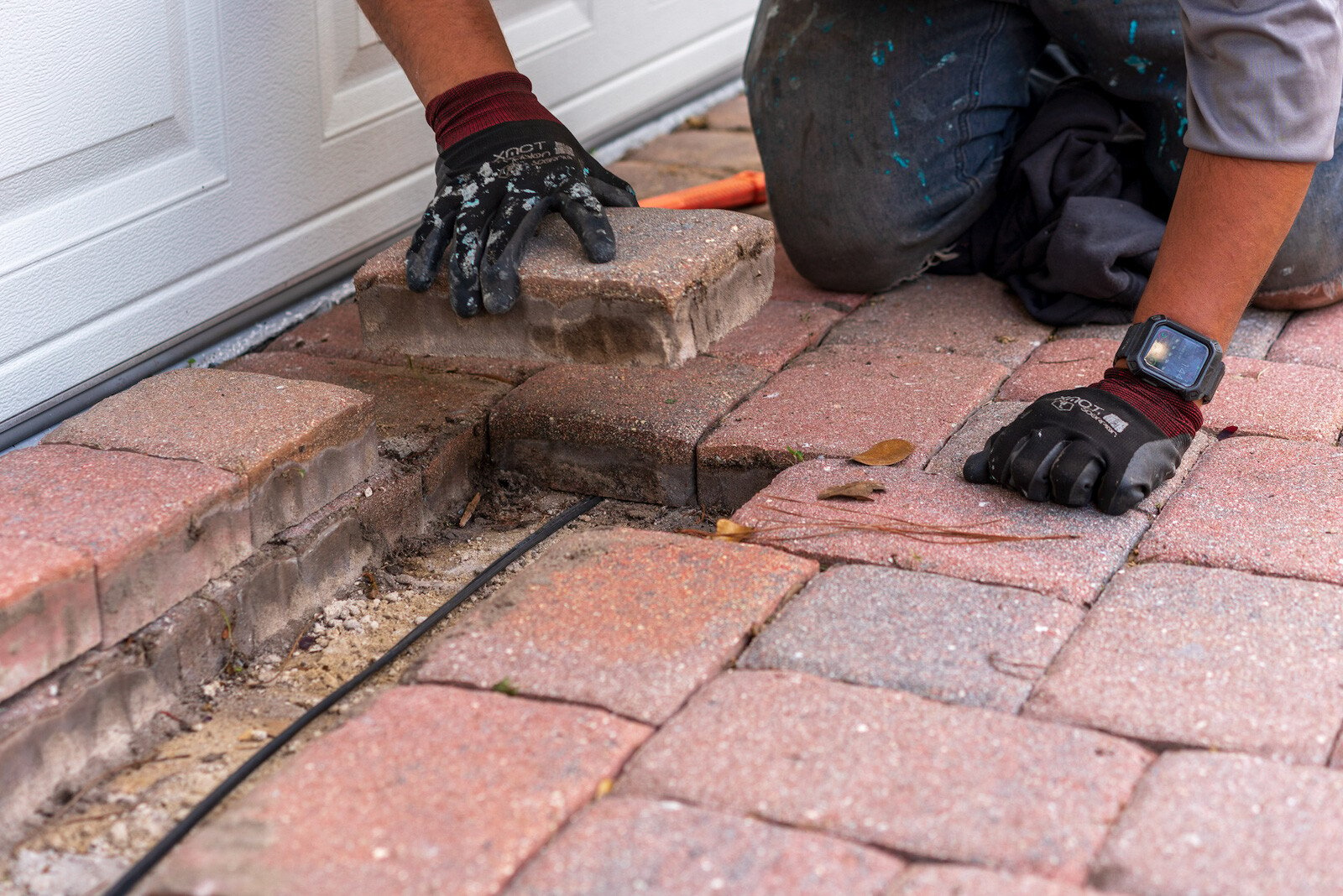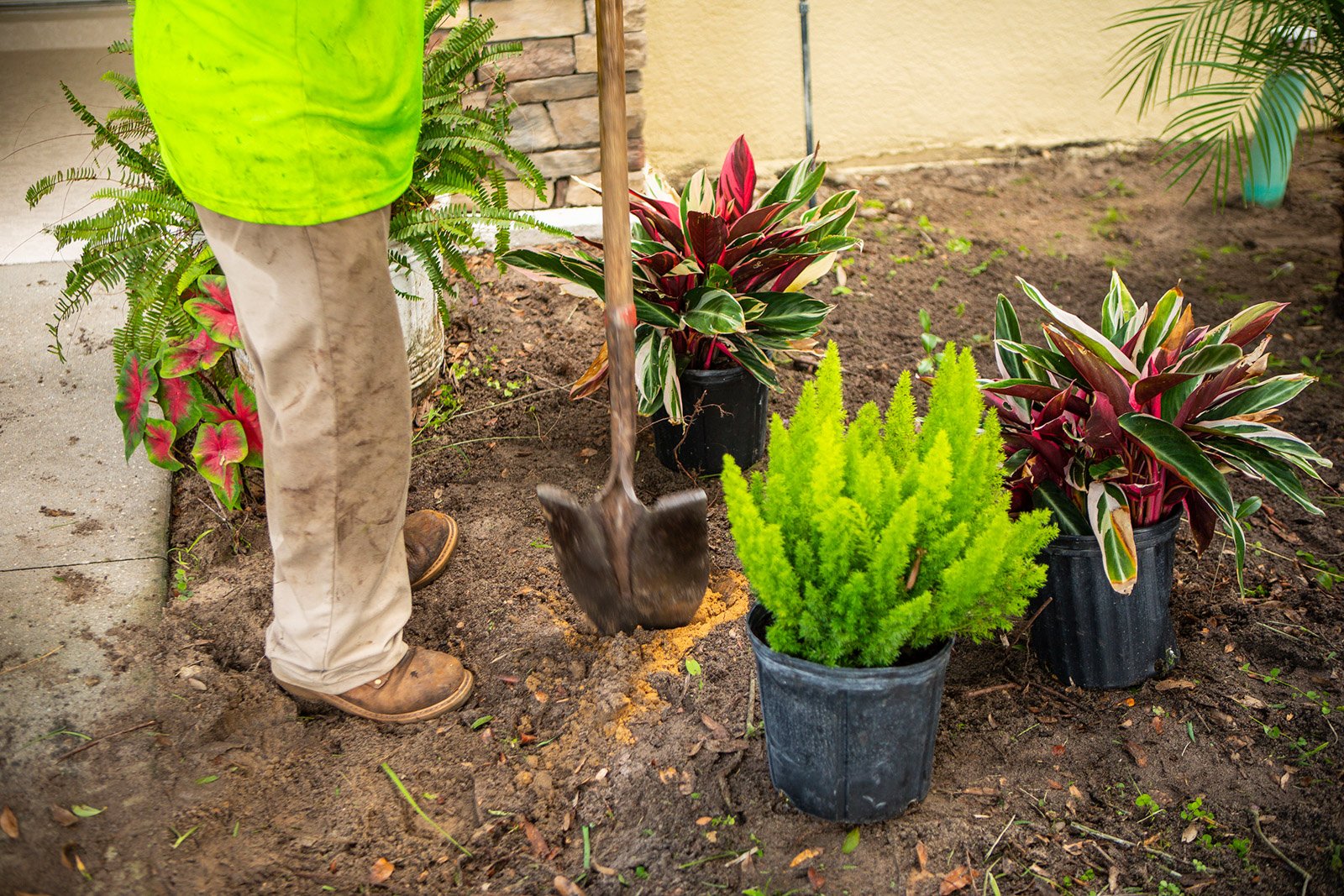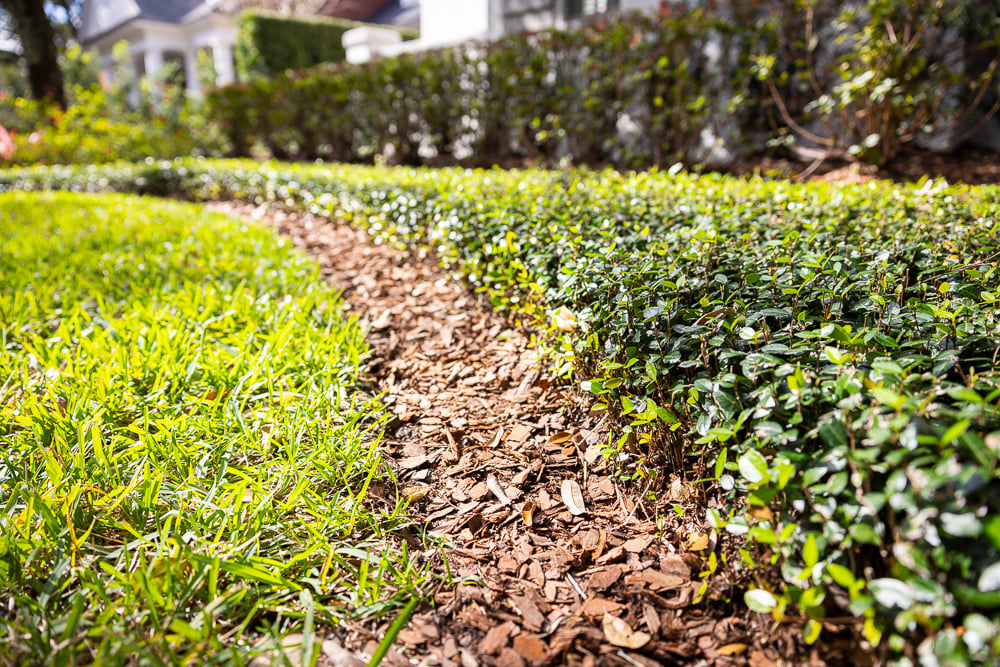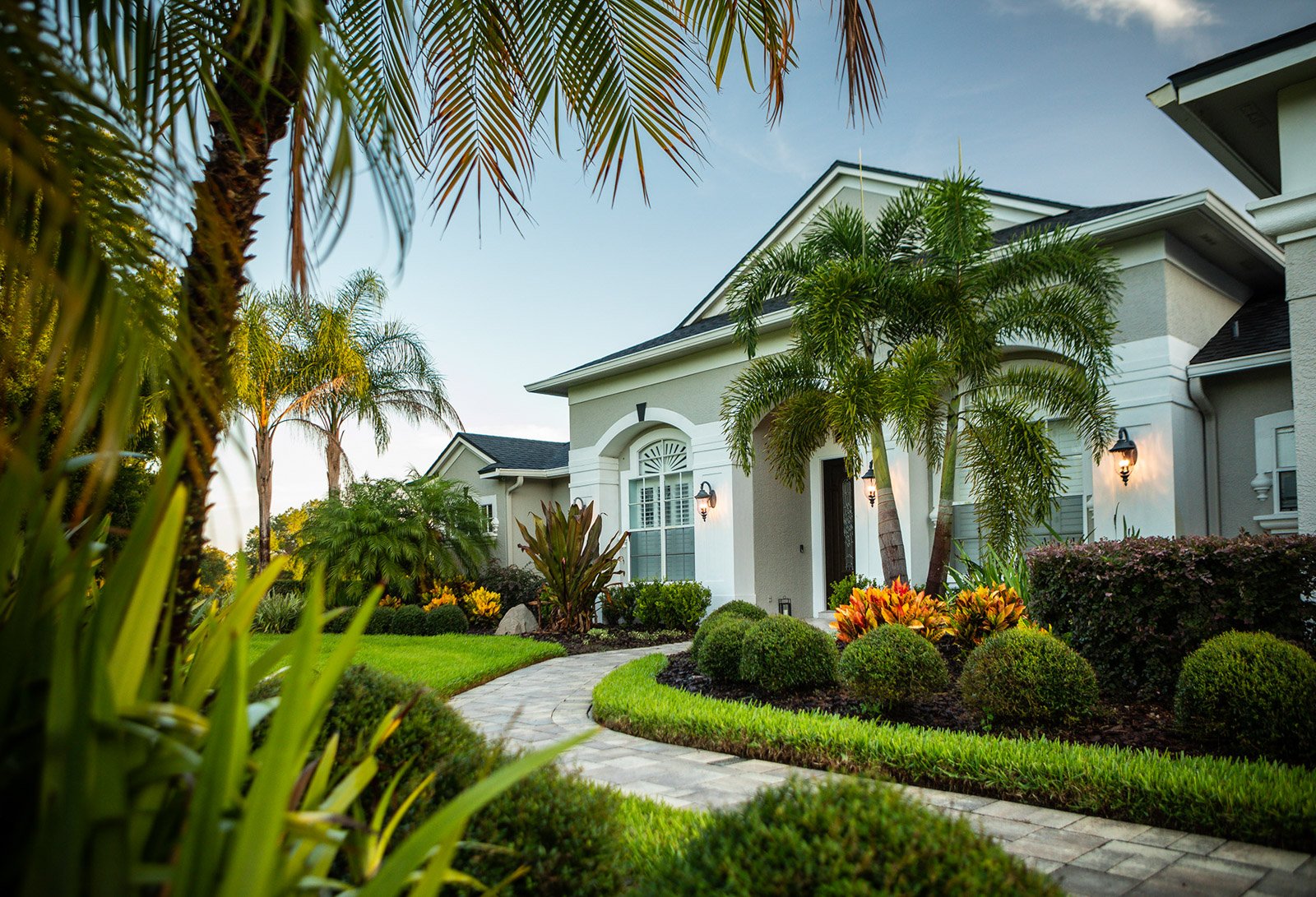Have you looked at the front of your house lately? Are the plants out there working hard for you, or just hanging out?
Your foundation plants have a lot on their plates. They should offer great curb appeal, enhance your home’s best features and soften its hard edges.
They’re the plants that connect your home to the surrounding landscape.
Are yours up to the task?
What are the best choices for foundation planting beds and garden design in Central Florida? What tips should you keep in mind?
Eric Frisch, Ground Source landscape designer, shares a few thoughts on the best foundation plantings:
1. First, Love Those Layers
A basic row of plants just doesn’t cut it for foundation planting beds.
The best garden design includes foundation plants arranged in three layers — largest plants in back, medium in the middle and shorter plants or ground covers in front.
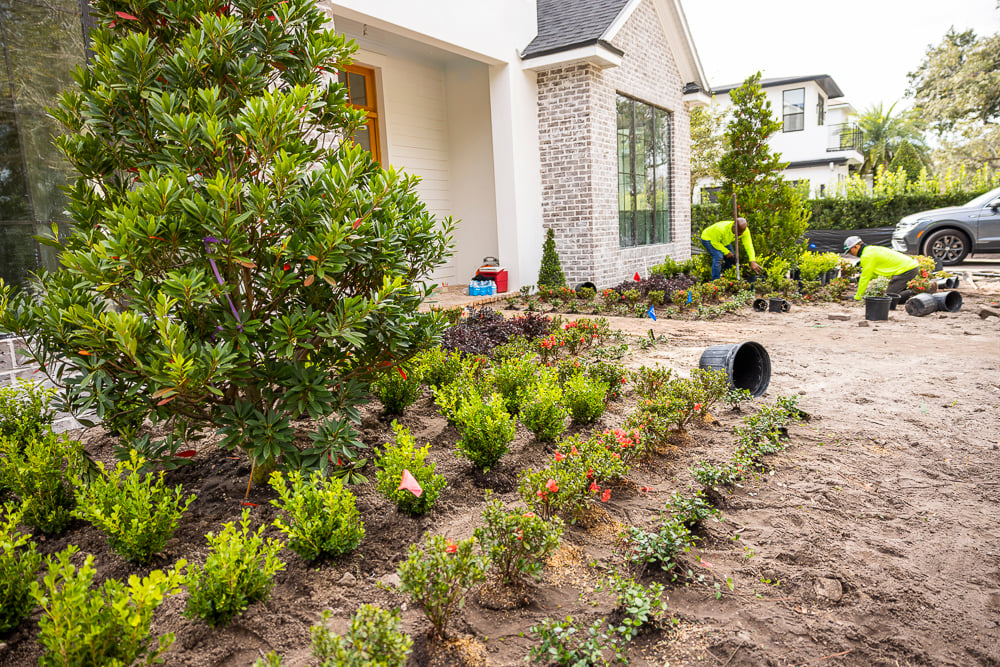
“Layering is very important,” Frisch says, “whether it's simple and modern, or more organic and traditional.
“In a more modern design, you tend to see a lot of podocarpus, boxwoods, dwarf Walter's viburnum, Asiatic jasmine, and maybe some smaller grasses like mondo grass for a ground cover,” he says. Simple green layers with an emphasis on more foliage and fewer flowers offer a more contemporary look for your foundation plantings garden design.
A more traditional Florida foundation planting garden design might layer larger viburnums, loropetalum, and azalea hedges, Frisch says, which offer more volume and blooms than podocarpus or boxwoods.
Think variety — a mix of plants with different shapes and textures.
2. Don’t Forget the Small Stuff — and Big Stuff
Think beyond the classic three layers of foundation plantings, Frisch says.
Palms or other trees have a place here, as well as small accent plants like ground covers.
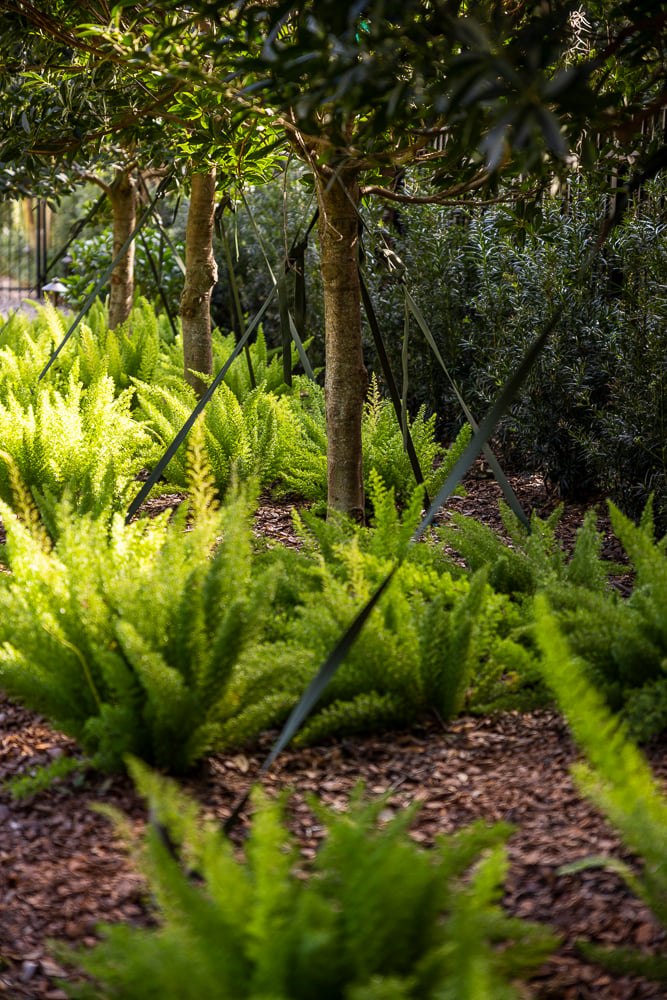
“Most important is to start with the big plants first, find a good location for them, then work around them with the layers and ground covers,” he says.
“The larger plants could be big or small palms, ornamental trees like crape myrtle or magnolia, or smaller understory trees like Dahoon holly or Japanese blueberry.”
Great foundation accent plants are a grouping of crotons or Ti plants that offer a lot of color in the foliage, he says.
“They come in a lot of color and shape options, so you can go a lot of directions there,” Frisch says.
The colorful foliage of these tropical stunners are a great way to keep the color party going if your foundation plantings include flowering shrubs that only flower for a few weeks, he says.
Just make sure the colors go together and don’t clash. He likes combinations that group white/pink/red; pink/red/purple; white/yellow/purple or red/orange/yellow.
3. Annuals in Foundation Plantings? Hmmmm, No
Frisch rarely suggests annuals as part of the important foundation plantings plan.
Most homeowners don’t take the time to switch them out as they die, he says, “so they end up with a dead spot in their beds.”
Stick to annuals in pots as seasonal accents, he suggests, “maybe on a front porch or back patio or pool deck.” Plan to replace them regularly.
4. Garden Design: Don’t Fully Focus on Flowers
Don’t get hung up on blooms for your foundation planting beds, Frisch says. There are very few plants in Florida that have long bloom periods.
“So many only bloom in spring, and that's it,” he says. “If you look around Florida, most of the year flowers are pretty minimal for being in a tropical climate, so don't focus all your energy on flowers.”
5. Get the Spacing Right
Spacing foundation plantings is super important, Frisch says, and bad spacing is one of the biggest mistakes he sees by
inexperienced home builders and landscapers.
Leave enough room for each plant’s size at maturity. And leave enough room between plants and layers for landscape maintenance.
“Keeping the back hedge away from the house a little more than you think is a good place to start,“ he says, “for not just plant spacing, but also in case you need to get out of the house in an emergency or if you plan to paint or work on the house.”
Plan the size of your foundation plants to the size of the beds, he says.
“Front yards are getting smaller and smaller to make room for bigger houses,” he says. “You need to have some lawn for it to look nice and that results in smaller beds.”
So don’t use plants that are just too big for that smaller foundation planting bed space.
“Larger plants will fill the bed up and not leave enough room,” he says. “You may only get two layers, which can look rather boring.”
6. Garden Design: Don’t Forget Lighting
Once you’ve filled your foundation planting beds with wow-worthy plants, don’t leave them in the dark.
Skilled landscape lighting will highlight your plants after dark, showing off their cool lobed leaves and frilly fronds and casting delicate, captivating shadows.
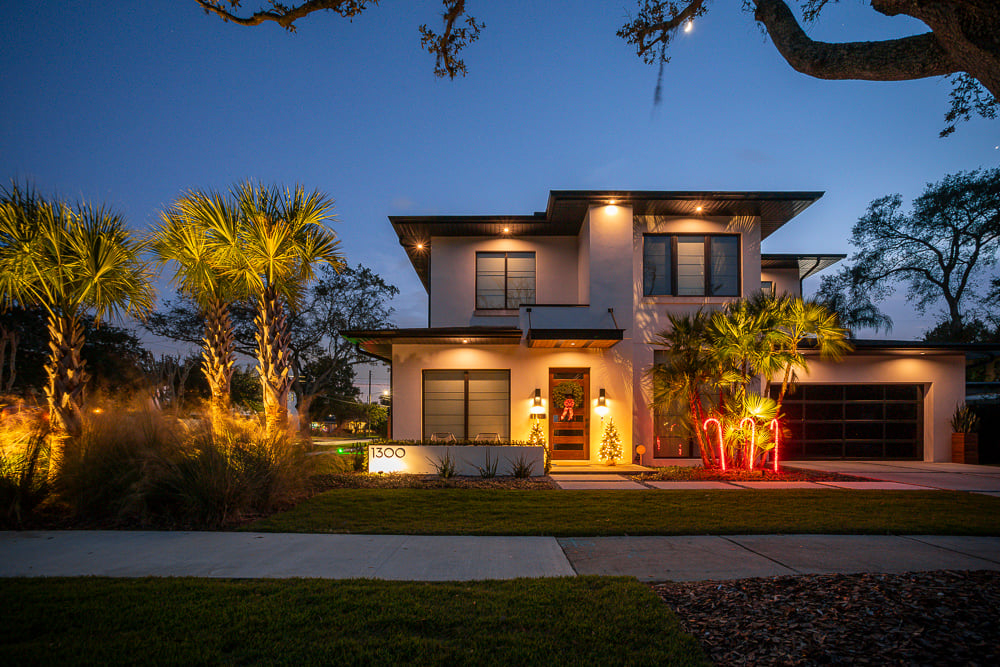
Uplight your Pygmy Date Palm and watch how its multiple trunks take on a whole new look once the sun goes down.
Great landscape lighting is a key to after-dark curb appeal.
7. Mulch Matters
Rich bark mulch is the final touch to make your foundation planting beds shine. Sure, mulch looks great, but it also helps your soil retain moisture, so you won't have to water as much. Here in hot, sunny, Central Florida, that’s a real bonus.
Mulch also prevents weeds and keeps rainwater from washing away your garden soil.
But don’t pile it too close to your house. While mulch is great, it’s also an ideal environment for termites. Keep it six inches away from your foundation.
8. Keep Edging Simple
Edging keeps that mulch tidy and prevents your lawn from creeping into your foundation planting beds.
Frisch prefers classic black aluminum edging. It’s staked together and can easily be bent to make curves for an appealing edge for your foundation planting beds.
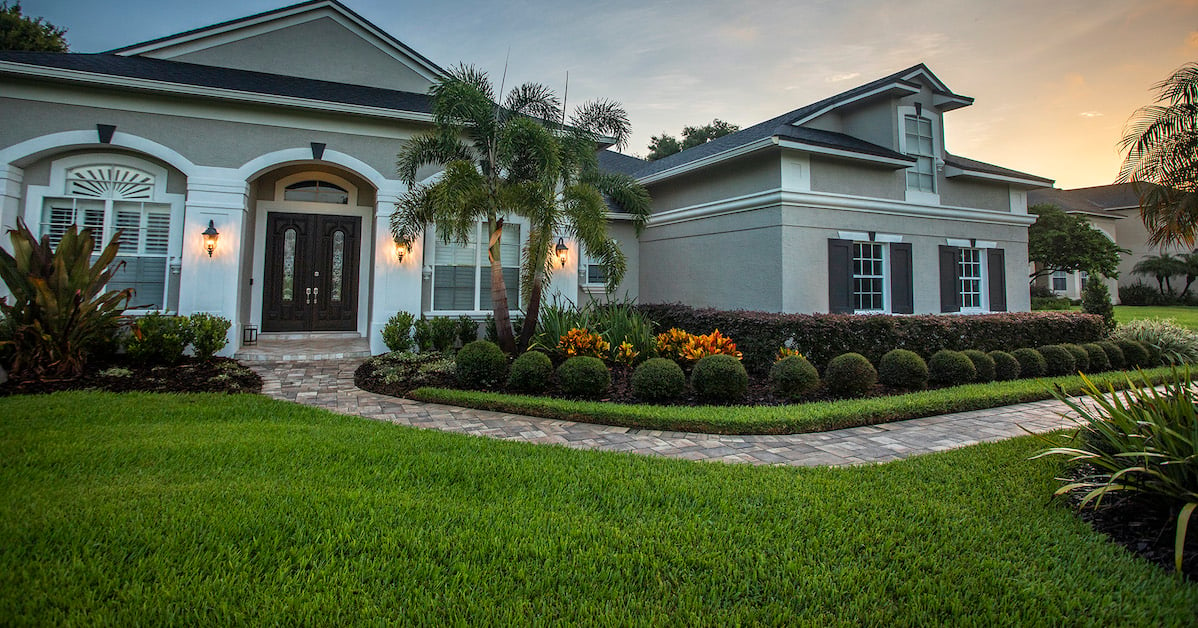
If you want to change the shape of the bed in the future, it's easy to rearrange.
It's also nice and subtle, he says, so it doesn’t distract from your home and plants.
Ready for Impressive Foundation Planting Beds? Trust Ground Source
Stuck on what to plant, how to layer and how exactly to approach your planting beds and garden design in Central Florida?
We’re happy to help.
We’re landscape experts, and our teams will be there with you every step of the way as you plan your perfect outdoor space.
Sod, irrigation, landscape design: Let us transform your yard to create an escape you’ll love.
Are you ready to enjoy the vibrant, impressive yard you've always wanted? Request a quote today! We’ll help you review your options and then transform your property.





